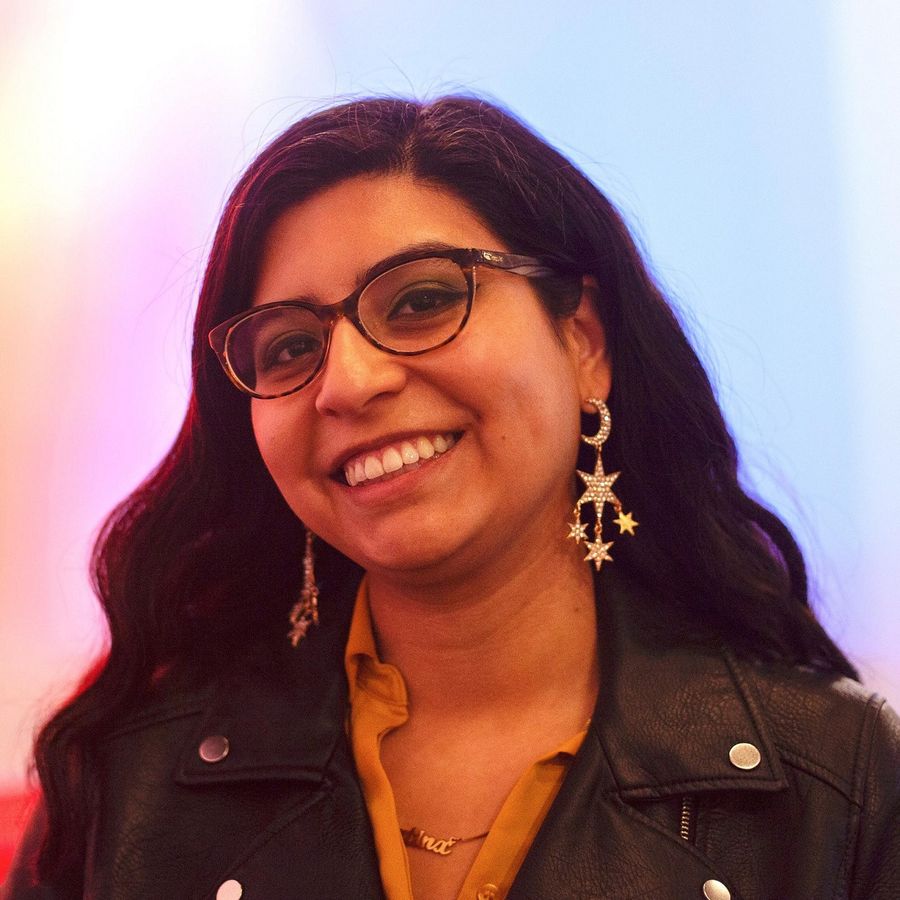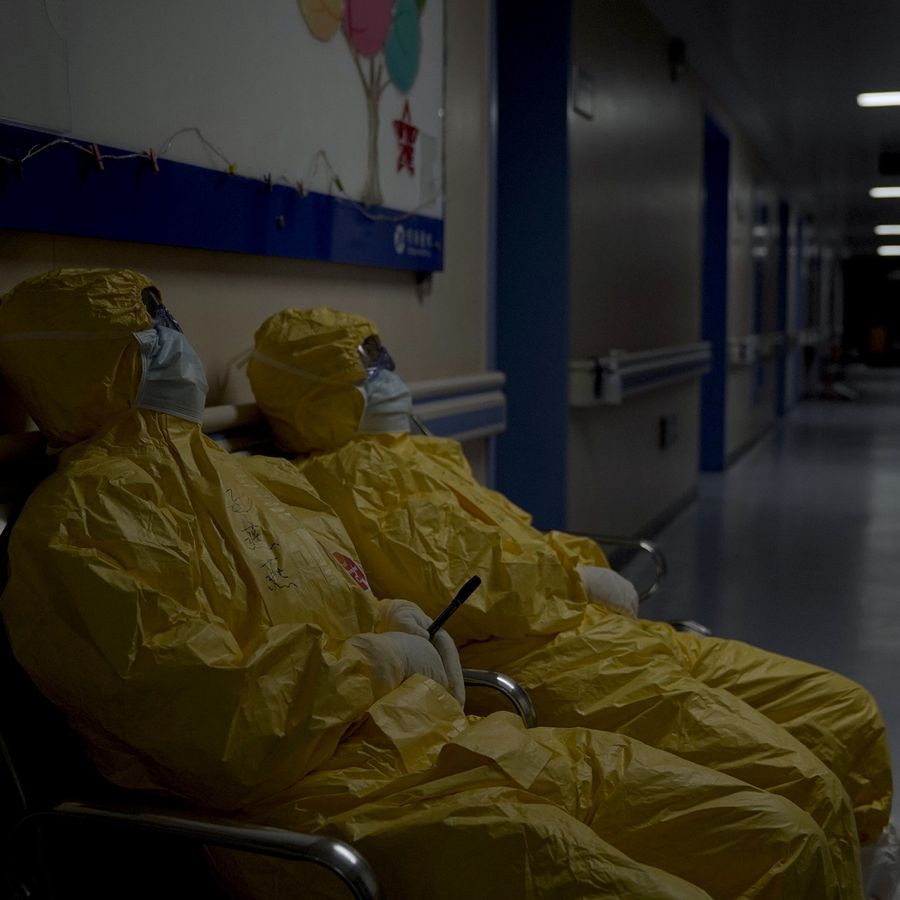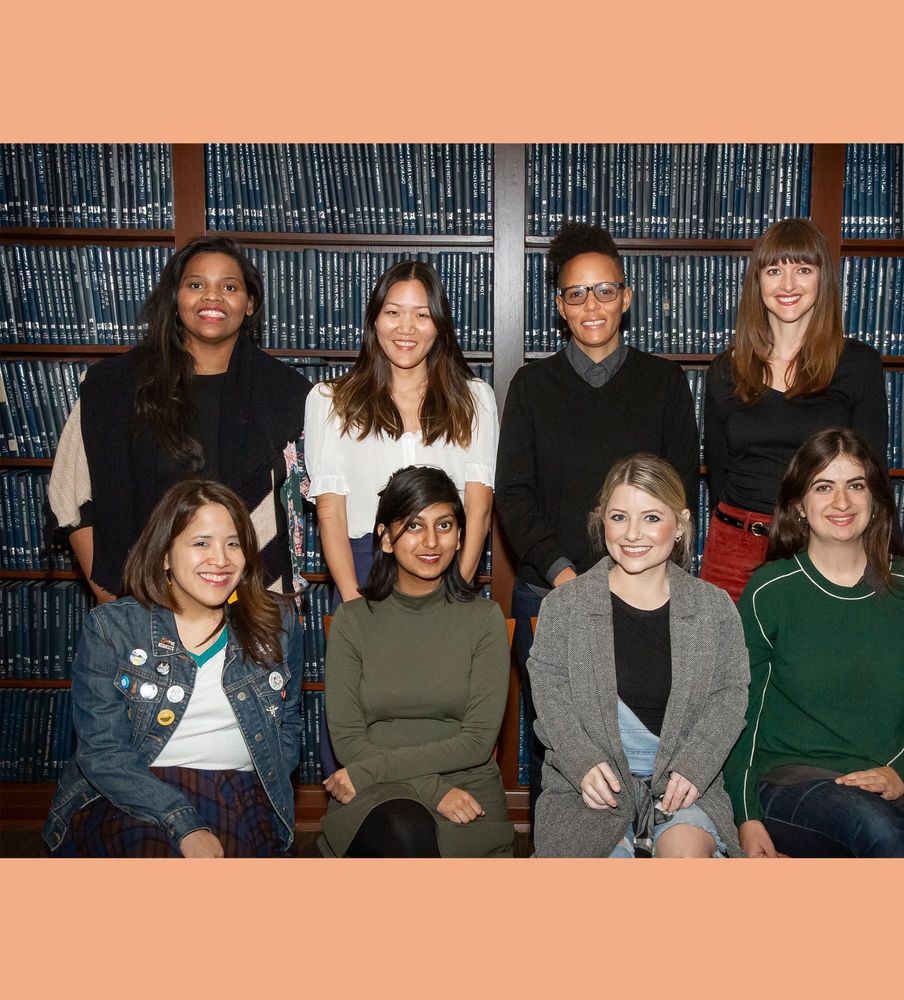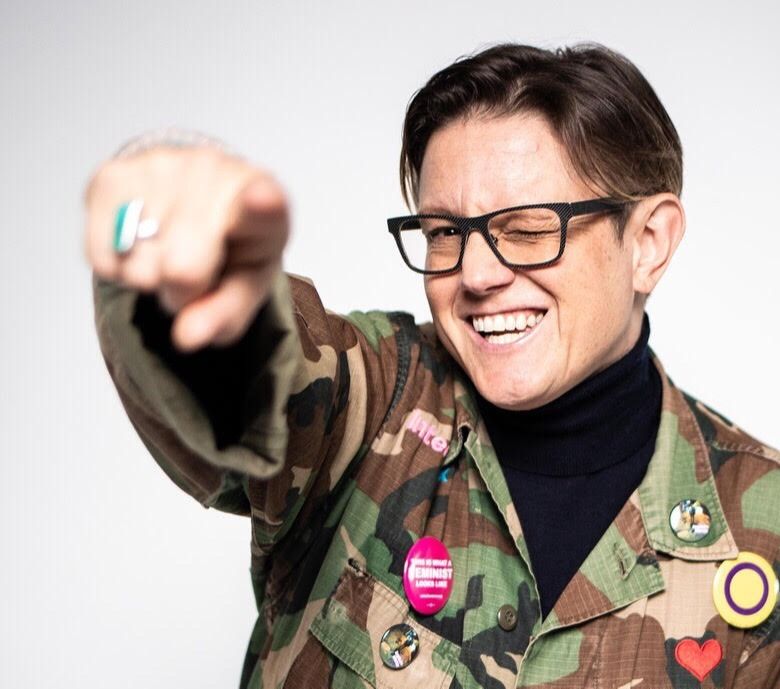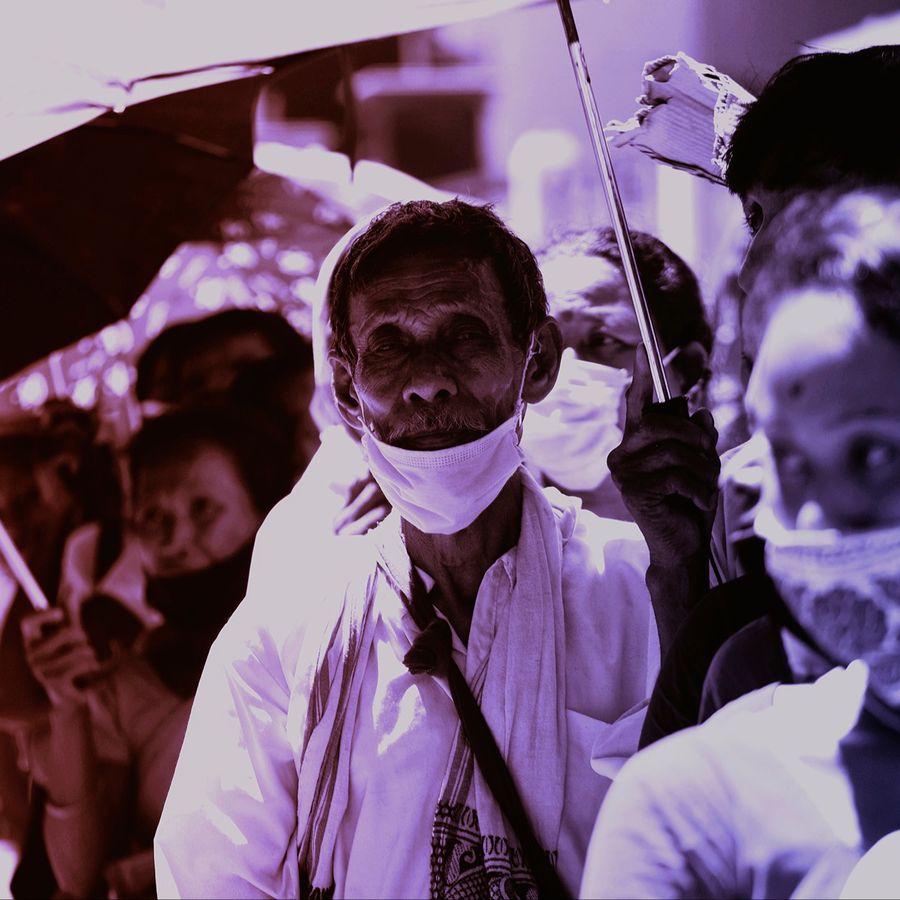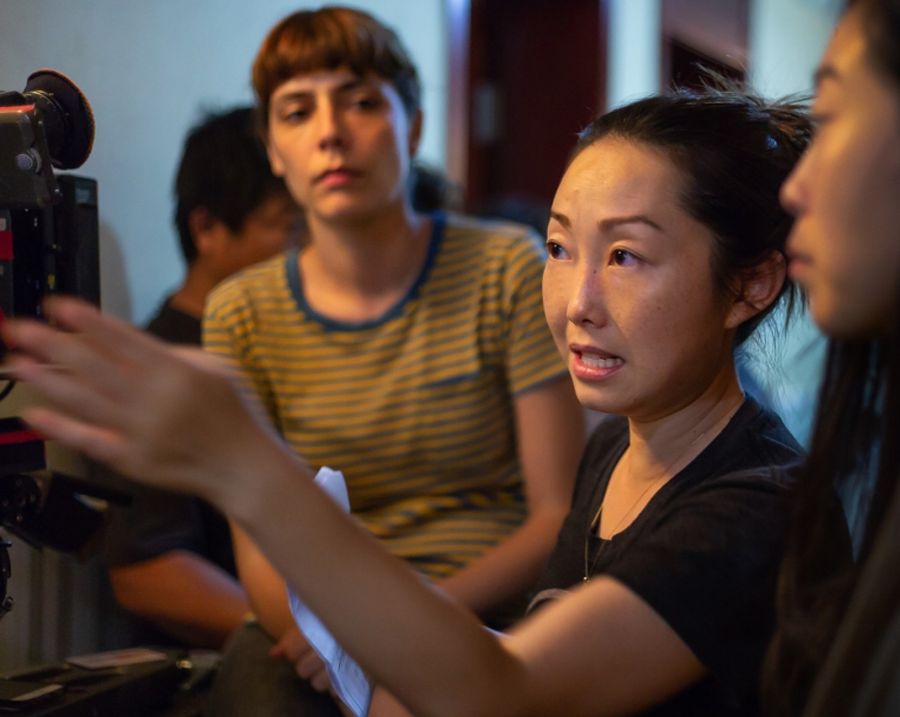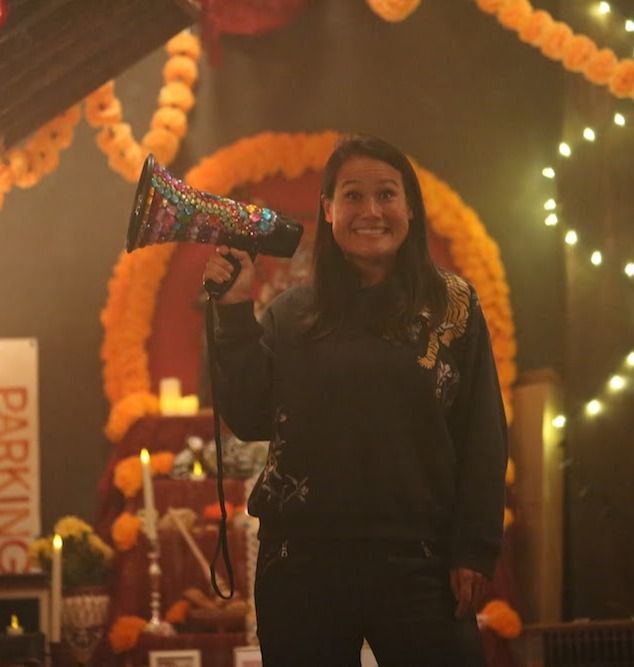How do you document a global pandemic? The film 76 Days directed by Hao Wu, Weixi Chen, and an anonymously credited journalist are the best filmmakers to tell you. They were there first-hand. The title of the film is derived from the amount of time the city of Wuhan, the epicenter of the outbreak, was on lockdown, fighting the pandemic. There, the filmmakers captured the inner-workings of an intensive care unit (ICU) and a maternity ward in an overwhelmed hospital in the city, following doctors and patients within the facilities to highlight the realities of the deadly virus.
In 76 Days, Wu, a molecular biologist turned documentarian, expands his filmmaking style to take on a journalistic exploration of the human cost of COVID-19. The film was completed in just a few short months and premiered at the 2020 Toronto International Film Festival (TIFF) in September. With coronavirus cases still reaching record numbers worldwide, how did Wu begin and complete this timely film during the height of the pandemic? Here's how.
THE BACKSTORY:
Hao Wu: I usually don't like to make films on newsy topics because I always feel like, as a storyteller, how much more can I bring to a topic if it has been well covered in the news? With 76 days it is really different, in the sense that it became very personal. First of all, my family had a plan to fly back to China to take my kids and spend time with my parents, who live in Shanghai. On January 23, just 24 hours before departure, we learned about the Wuhan lockdown. My partner and I, we just kept on saying, “What does this even mean? Does it mean the government had it under control, or the government has completely lost control?” In the end, I canceled the tickets for everybody else except me. I flew back to Shanghai to spend 10 days with my family for Chinese New Year.
It was really hard for me because my parents have late-stage cancer. I did not know how much time they had left. I did not know when my parents would be able to see my kids, their grandkids, again. It was also disorienting to be in Shanghai during Coronavirus because, even though Shanghai is still pretty far from Wuhan, the entire culture of China went into a voluntary shutdown. Shanghai was really eerily quiet even though it has a population of 21 million and it's China's largest city during China's largest family holiday.
COVID-19 had a strong strong impression on me and then, after Chinese New Year, my grandpa got diagnosed with late-stage liver cancer. He passed away in March. I did not get to say goodbye to him because of the travel restrictions between the two countries. So, when a U.S. network approached me in early February to say, “Do you want to make a film about Coronavirus?” I just said “Yeah.”
PRE-PRODUCTION: FINDING CO-DIRECTORS IN WUHAN:
Hao Wu: I started [pre-production] with two things: one was trying to figure out if there was a way to smuggle myself back into Wuhan because I really wanted to be on the frontline. I cancelled that plan, because it was very obvious I was coming back to the U.S. The second was to reach out to my filmmaker and reporter friends to get introduced to filmmakers who had started filming in Wuhan. At that time, the outbreak was not a pandemic yet and it was still limited to Wuhan.
I reached out to friends-of-friends and got in touch with over a dozen filmmakers. They shared the footage of Wuhan and we discussed their plans to see if there was any way they could collaborate with me on the project. It was not very clear to me how big a scope I would cover. As soon as I saw the footage from my eventual co-directors I was shocked. By that time, I had read so much about the cases but I had never had visual evidence of how horrible it is. I remember thinking that these are the two filmmakers that I definitely need to find a way to collaborate with.
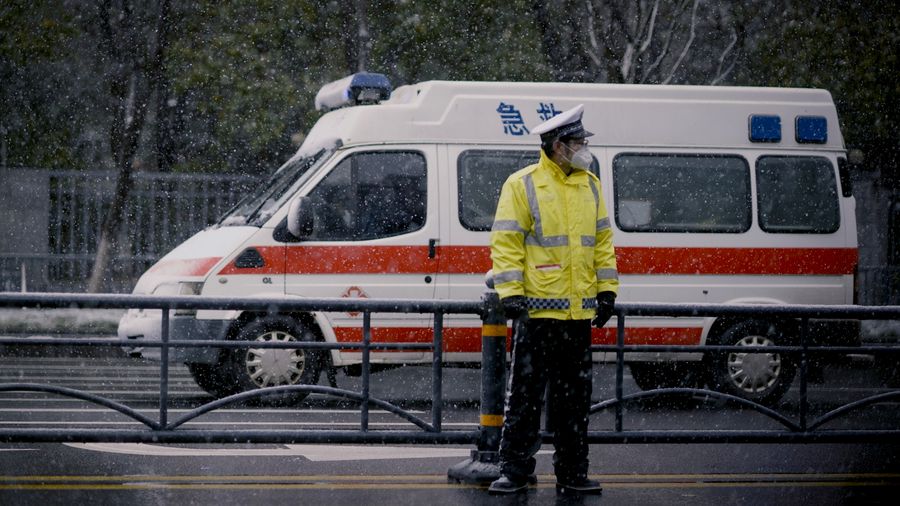

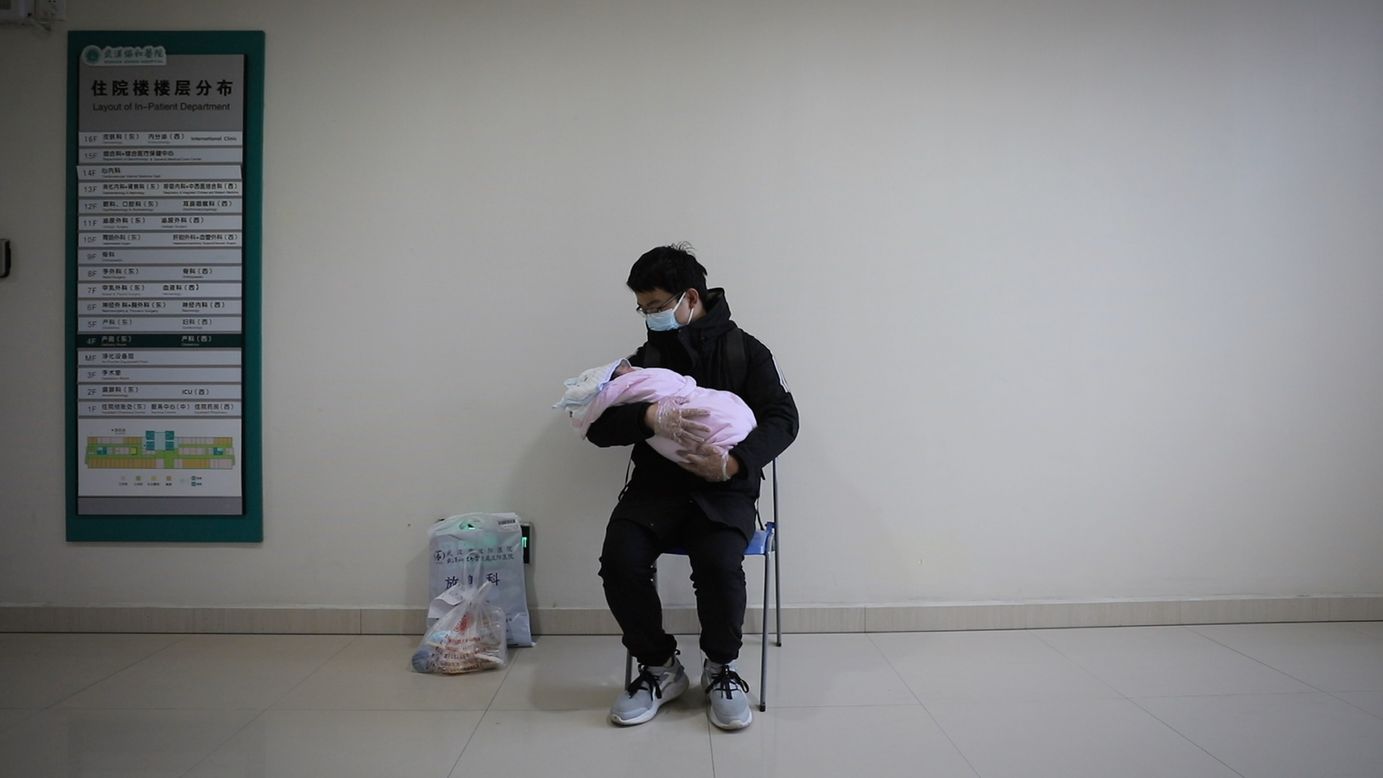
GAINING ACCESS TO THE EPICENTER:
Hao Wu: During the lockdown, there was access control into the hospitals. That type of control was not uniformly applied. There are a couple of hospitals that nobody could get into unless you were reporting news pieces for state broadcasters. Each hospital made their own decisions. A lot of times, it was left to the hospital chief to make the decision. Both of my co-directors were reporters with a reporter badge.
Weixi Chen was not actually sent to cover the lockdown. He just wanted to find out what was happening because he's an aspiring filmmaker himself. Because he works for Esquire China, he had a reporter ID. Through his own personal connections, he found his way to follow a medical team being sent out from elsewhere in China to support Wuhan Hospital.
My other co-director, Anonymous, is a photojournalist for a local state newspaper. He was sent to take photos but found that video was a much more powerful way to capture the frontline. He knows a lot of the hospitals because he’s been to the hospital many times for local reporting. At the beginning of the lockdown, when it was absolute chaos, hospitals actually welcomed media coverage because they really needed the help since they were running short on Personal Protective Equipment (PPE).
PRODUCTION: IMPLEMENTING SAFETY PROTOCOLS:
Hao Wu: Basically, [the co-directors] were wearing everything that the doctors and nurses were wearing, in the film. It was really uncomfortable for them because of the multiple layers of PPE, which is not breathable and they were constantly sweaty. Also, they really could not get out to go to the bathroom anytime they wanted. They have to hold it because, once you get out through decontamination, you cannot go back in again due to the PPE shortage.
A lot of times they have to leave the cameras inside the contamination zone, otherwise they had to thoroughly decontaminate the camera equipment, which damages it. Even after they got out, they had to go through the decontamination procedure every day. Then after that, they’d go back to being locked in a hotel room by themselves and could not socialize. It was a very long and stressful experience for the filmmakers.
In the ICU, in those areas where you have to wear goggles everyday, the filmmakers rarely interviewed the patients. When they are talking to the patients, if you pay close attention, the patients are not in ICU anymore. In those places, the filmmakers were wearing a simple mask.
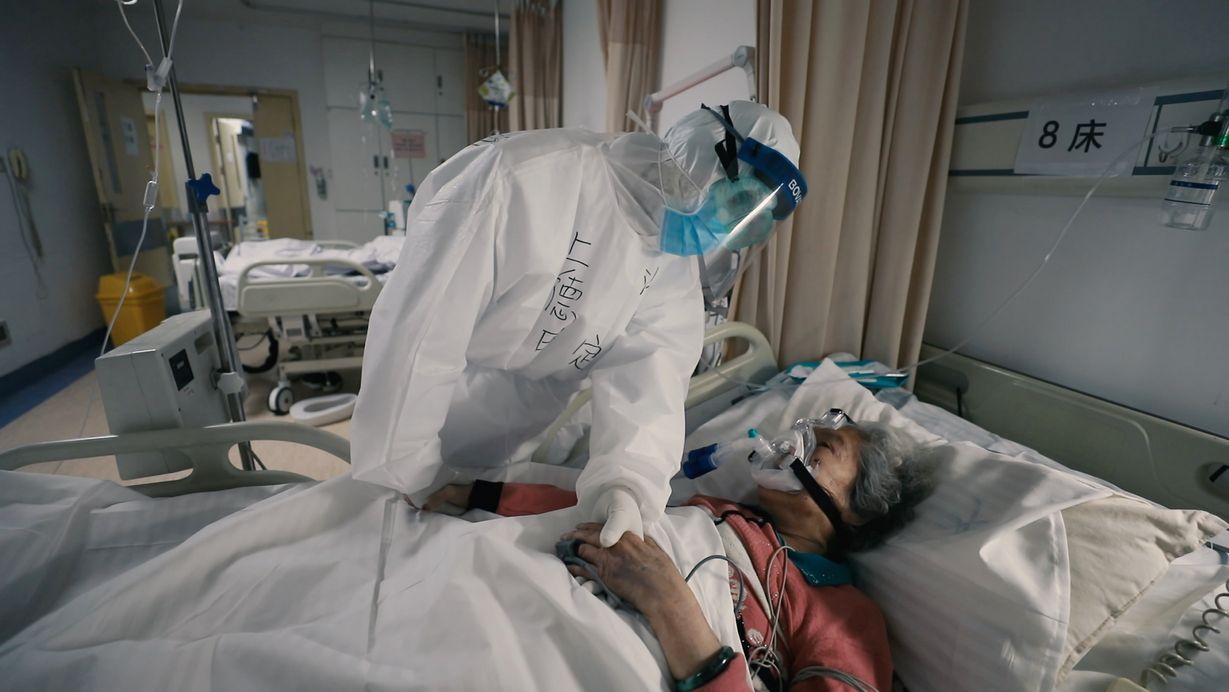
DEALING WITH THE PSYCHOLOGICAL EFFECTS OF THE SHOOT:
Hao Wu: At the beginning, there was a rush for [the co-directors] to be on the frontline of a war. But once that subsided, they felt exhaustion. They spent a lot of time talking to their friends and family on the phone. One of the co-directors was constantly questioning: “What's the purpose of me filming here because I'm not doing anything useful? People are dying.” I had to try to talk him up to the purpose: you are there to bear witness and document history.
REMOTELY DIRECTING FROM A DIFFERENT COUNTRY:
Hao Wu: The [co-directors] uploaded their footage onto a cloud service in China as backup and shared the login with me so I could download their footage from New York, which would always take a couple of days to complete. After watching, I’d have some really high level talks with them about which character might be interesting and how best to continue with filming. It was a really complex collaboration because they made most of the decisions on the ground and it was very chaotic. It was really hard to think about characters to focus on because of the trajectory of their illness. Everything turns to unexpected directions really quickly.
POST-PRODUCTION:
Hao Wu: It took four months to edit the film. I started editing in early April, and we submitted a cut to the TIFF at the end of June/early July. We were pictured locked by the end of July. August was all post-production. There were probably 350 hours of footage to start.
What I did is look at the rushes my co-directors were sharing with me in February and March. I vaguely remembered certain shots that left a very strong emotional impression on me. First off, I tried to look for those images and, secondly, I looked for similar emotionally impactful scenes. As soon as I found those shots, I tried to identify the characters. With the PPE it is hard to identify characters because they look the samem but they wrote their Chinese names on the back of their PPE so I could trace them that way. Then, I looked at them to see if there was a story there. Once identified, if there was a particular story, I tried to edit out scenes for that particular character. Once I edited out like five or six characters, I tried to mix-and-match them and link them together into a coherent film.
The core amount of footage I watched was 150 hours because there were some other characters that I just quickly scrolled through. Also, there is footage from outside of the hospital that I asked my co-director to film. Then, there were certain characters that, even though on paper they look interesting, like some early doctors who are whistleblowers that reported the early cases in Wuhan, their story were amazing but looking at the footage I quickly realized they are not that compelling on camera. I quickly ruled them out.
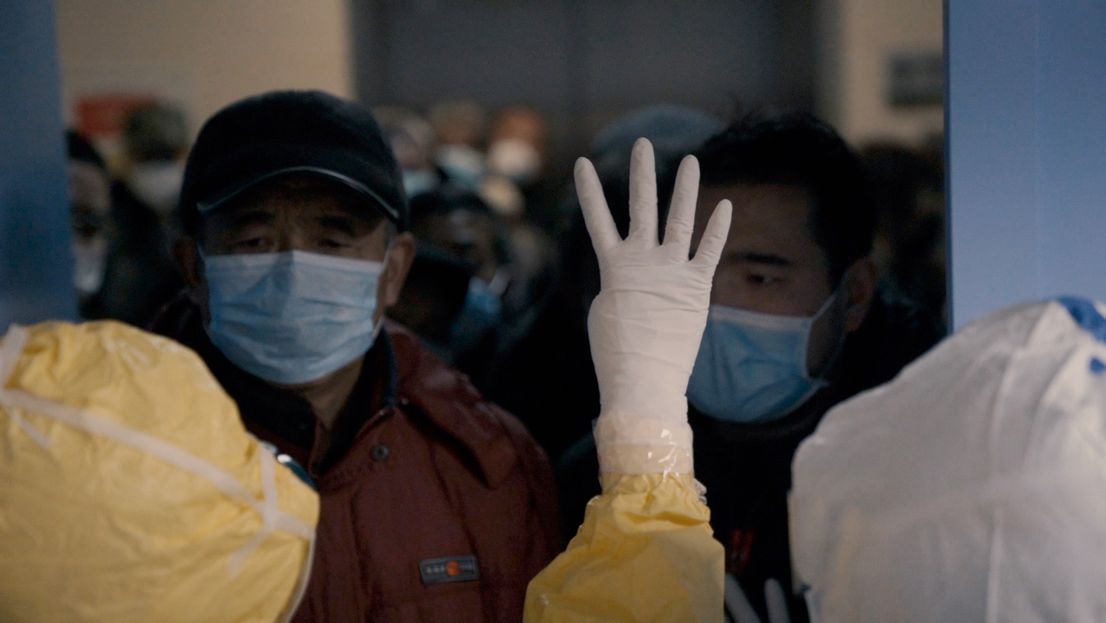
SUSTAINING MENTAL HEALTH:
I feel like on some level it helped me because it was a project. First of all, it kept me really focused during COVID-19 and when the Black Lives Matter protests were going on. It was so distressing. Having a piece of work where I just absolutely loved the footage and loved the story emotionally. That was helpful. Secondly, as distressing as the footage itself was, I fell in love with the characters. When I was going through making the film, I was always looking for the little moments of kindness to show that we are willing to help each other to pull through this. That was almost like therapy for me because everything was so bleak if you looked at the news at that time. I spent time every day with these people I cared about. A few passed away in the film but most of them pulled through. They were so courageous and so kind to each other. I feel like that was also a kind of therapy for me.
ADVICE FOR FILMMAKERS ON TELLING STORIES ABOUT THE PANDEMIC:
Healthcare is such a big topic. My two co-directors were so courageous and willing to just jump to start filming. That's not something I would advise to anyone because it is dangerous. I think, right now, with our much better understanding of COVID-19, we can safely say that you can film as long as you take it seriously and take great precautions. Don't be scared of COVID-19 either. You just need to be careful and be respectful of any subjects you are filming. And, just collaborate. I think during COVID-19 is so important to have great collaborators. In the past, I prided in myself for doing my own shooting and doing everything myself. During COVID-19, I really had to collaborate and to work with people, even remotely. Don't think it is impossible to do filmmaking. I know so many filmmakers who have started filming and there are different ways to remotely collaborate. You can ship a camera kit to the subject or you can remote collaborate with a cinematographer who's working on the ground. There is a way to do it.
The film 76 Days is a MTV Documentary Films production and launched its virtual theatrical release on December 4 nationwide.
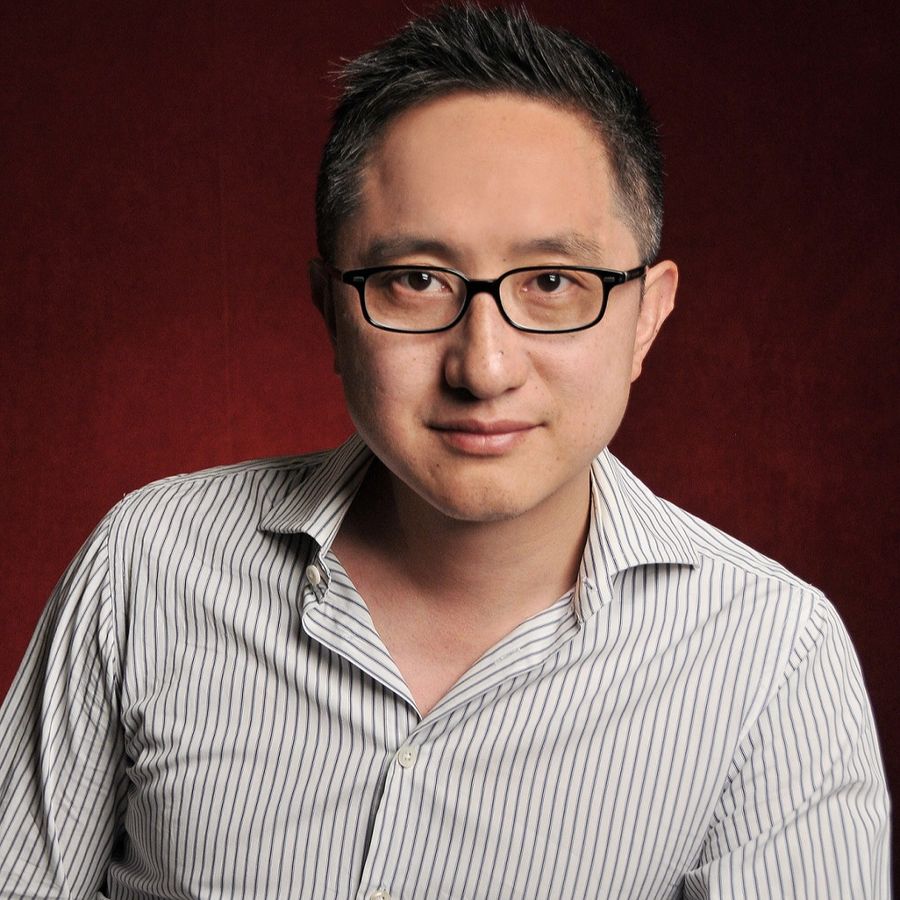
Hao Wu
76 Days director, writer , and editor Hao Wu is a Chinese American filmmaker whose feature films include People's Republic of Desire, which won the 2018 Grand Jury Award for Best Documentary Feature at South by Southwest, and the Netflix Original Documentary All in My Family. Wu became a documentary filmmaker after a long career in molecular biology and in the Silicon Valley. His passion for filmmaking led him to leave behind his tech career to complete his first feature film The Road To Fame. Wu’s filmmaking is typically an intimate, character driven insight into complex topics.
Kristal Sotomayor
Kristal Sotomayor is a bilingual Latinx freelance journalist, documentary filmmaker, and festival programmer based in Philadelphia. They serve as Programming Director for the Philadelphia Latino Film Festival and Co-Founder of ¡Presente! Media Collective. Kristal has written for ITVS, WHYY, AL DÍA, cinéSPEAK and Autostraddle.
